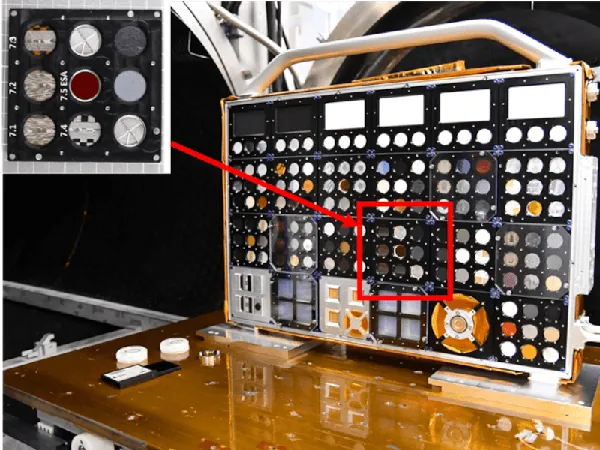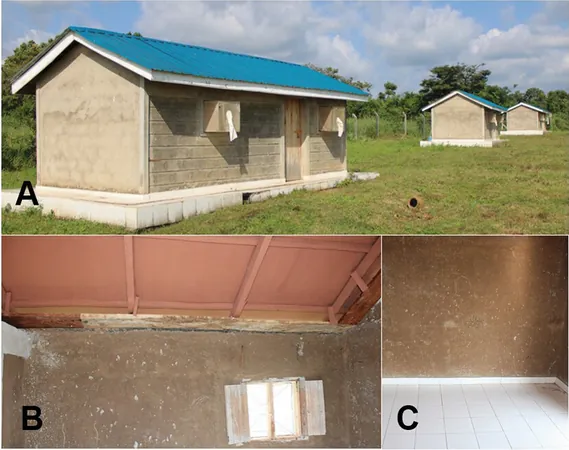
Breakthrough in Space Technology: New Laser-Induced Graphene Process Promises to Revolutionize Space Gear!
2024-11-03
Author: Jia
Introduction
Researchers from the Korea Advanced Institute of Science and Technology (KAIST), in collaboration with the Korea Institute of Machinery & Materials and Seoul National University of Science and Technology (SEOULTECH), have unveiled a groundbreaking process for creating laser-induced graphene (LIG) designed to enhance smart textile applications in space gear. This innovative approach allows for the transformation of conventional materials into multifunctional assets capable of temperature and strain sensing, as well as light absorption and heat management—essential features for modern spacesuits and telescopes.
Advanced Manufacturing Techniques
What sets this discovery apart is the advanced manufacturing technique that directly utilizes femtosecond laser pulses to convert everyday Kevlar fabric into a porous graphene structure. This transformation not only upgrades the material but also addresses the extreme conditions faced by space equipment, enhancing their performance considerably.
Enhanced Light Absorption
The porous structure of the graphene created through this technique acts like a dense forest of microscopic channels, achieving an impressive 97.57% absorption rate of incoming light across both visible and infrared spectra—far superior to traditional black coatings typically used in telescopes. This advanced light absorption capability is crucial for space observations where clarity is of utmost importance.
Improved Heat Management
Moreover, the graphene network conducts heat at a remarkable rate, six times faster than that of standard telescope materials. This rapid heat transfer is vital in mitigating light interference and preventing temperature-induced distortions that can adversely affect the quality of telescope imagery.
Superior Sensing Capabilities
As a sensor, the advantages of this material are equally compelling. Researchers discovered that it can detect temperature fluctuations with triple the sensitivity of current space suit sensors. It's also capable of monitoring an astronaut's movements and vital signs with an exceptional 454 times the electrical response compared to basic strain sensors, allowing for precise real-time health tracking without the need for cumbersome electronic equipment.
Versatile Manufacturing Applications
One of the most exciting aspects of this research is the versatility of the manufacturing process. The lasers can create tailored patterns on Kevlar, seizing the opportunity to develop sensors for health monitoring or surfaces optimized for the absorption of stray light, all while maintaining compatibility with pre-existing space gear.
Rigorous Testing and Future Prospects
This trailblazing material has already undergone extensive testing to simulate the harsh environment of space. Samples were placed in a vacuum chamber emulating the conditions of low Earth orbit, subjected to extreme temperature cycling from -20 to 60 degrees Celsius over a span of 40 hours. Remarkably, the material retained its excellent sensing and optical capabilities throughout these rigorous trials.
Implications for Space Gear
The potential implications of this research could be vast. A single material platform like this could substitute multiple specialized systems, making space gear more efficient and compact. For instance, spacesuits that utilize this modified Kevlar could provide enhanced monitoring of astronaut health while preserving mobility. In addition, telescopes could achieve improved clarity through better management of stray light and temperature changes, eliminating the need for separate components dedicated to each function.
Future Research Directions
Looking ahead, further testing under radiation exposure and actual space conditions is essential before this remarkable material can be deployed in space missions. Researchers are currently focused on scaling up the manufacturing process for large-scale production and conducting long-term stability assessments.
Conclusion
This revolutionary development demonstrates how advanced materials can streamline space systems by integrating multiple functions into a single design. By reducing complexity and enhancing performance, this innovative approach is poised to reshape the future of space exploration technologies. Buckle up, because the future of our journey into the cosmos just got a whole lot brighter!



 Brasil (PT)
Brasil (PT)
 Canada (EN)
Canada (EN)
 Chile (ES)
Chile (ES)
 España (ES)
España (ES)
 France (FR)
France (FR)
 Hong Kong (EN)
Hong Kong (EN)
 Italia (IT)
Italia (IT)
 日本 (JA)
日本 (JA)
 Magyarország (HU)
Magyarország (HU)
 Norge (NO)
Norge (NO)
 Polska (PL)
Polska (PL)
 Schweiz (DE)
Schweiz (DE)
 Singapore (EN)
Singapore (EN)
 Sverige (SV)
Sverige (SV)
 Suomi (FI)
Suomi (FI)
 Türkiye (TR)
Türkiye (TR)